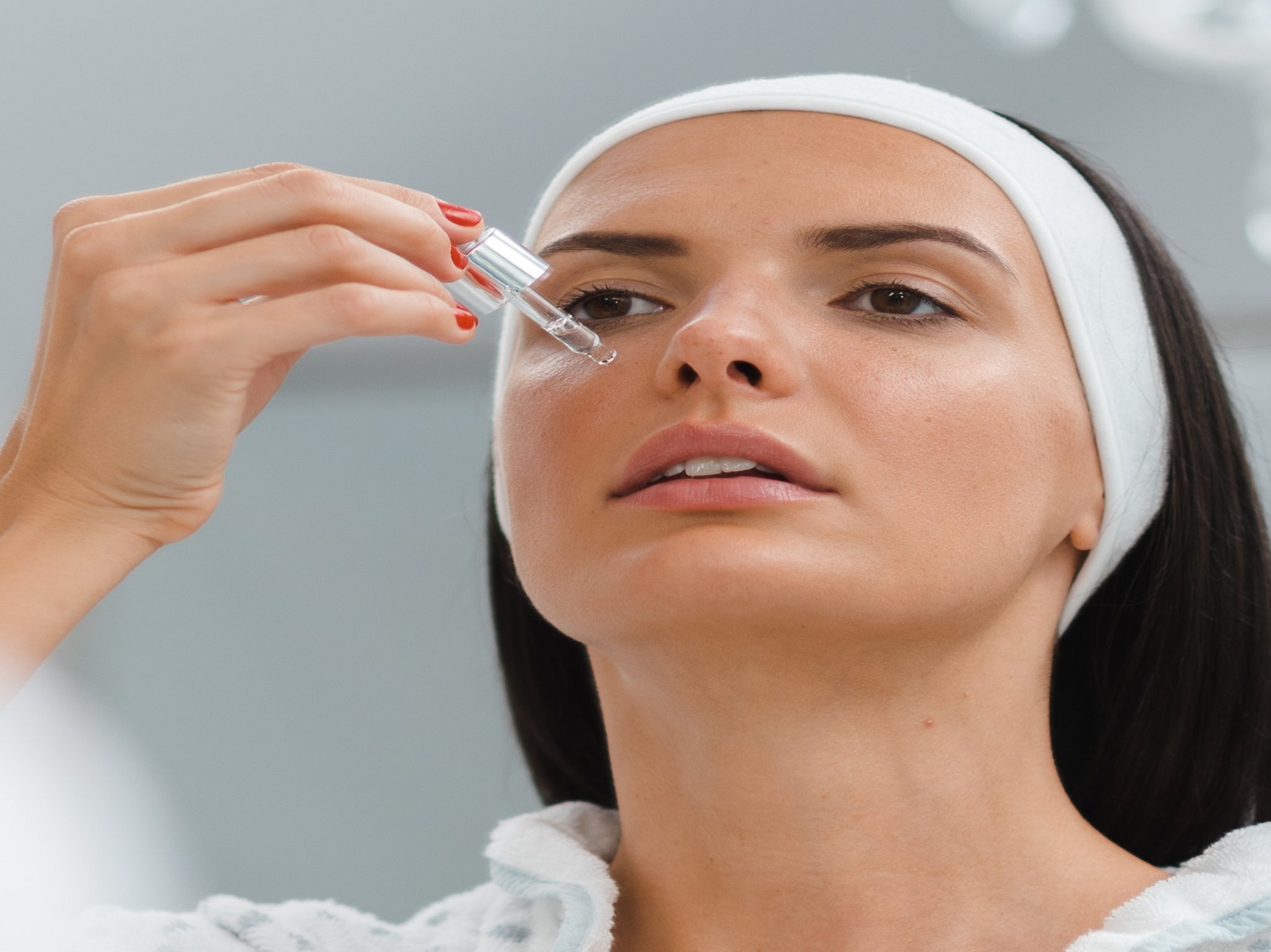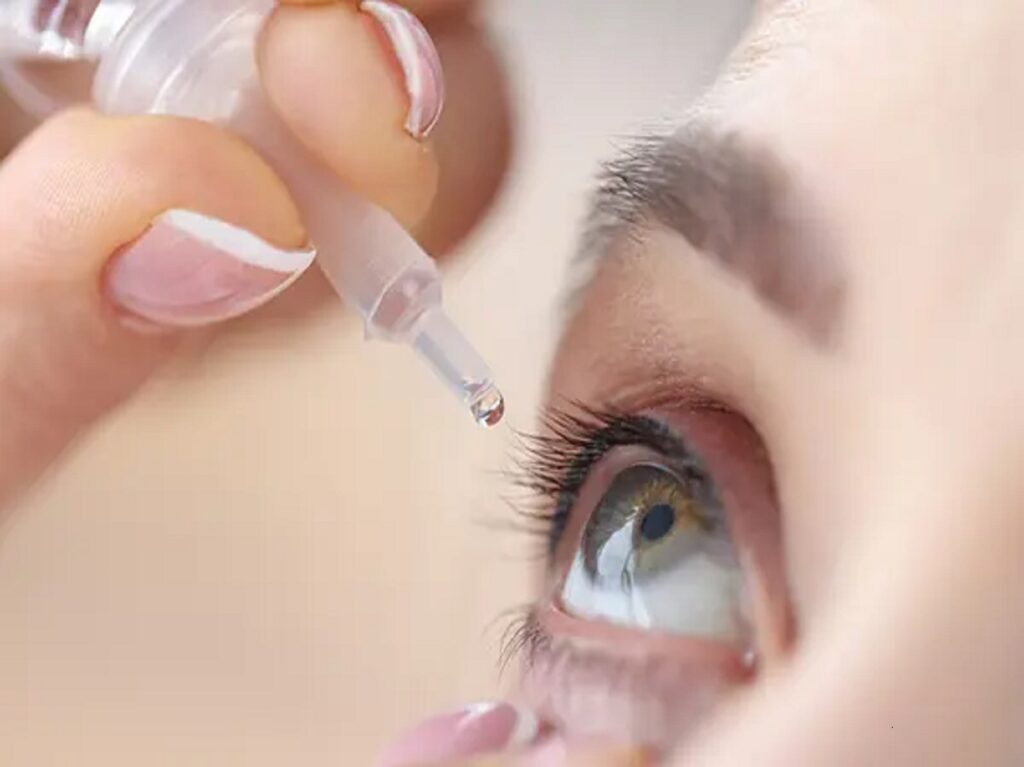What Is Hyaluronic Acid?
Hyaluronic acid is a clear, lubricating substance naturally produced by the body. It is primarily found in the skin, joints, eye sockets, and other tissues, where it helps retain collagen, enhance moisture, and provide elasticity and flexibility.
Initially derived from rooster combs, hyaluronic acid is now commonly produced through lab-created fermentation. Over the past two decades, research has highlighted its benefits, including joint lubrication, tissue hydration, cellular framework formation, wound and tissue repair, inflammation regulation, immune response enhancement, fibroblast injury repair, and maintenance of skin epithelial cells.
BENEFITS OF HYALURONIC ACID
1. Hydrates Dry, Aged Skin
Hyaluronic acid is an effective hydrator that can improve the appearance of dry, aged skin. Users often report a dewier complexion, reduced under-eye bags, and smoother skin texture after using serums containing this substance.Hyaluronic acid enhances the appearance of sun-damaged, aged skin by minimizing water loss. Hormone replacement treatments can make skin look more youthful by increasing hyaluronic acid levels.
Aging skin, characterized by dryness, dandruff, drooping eyes or lips, and sagginess, results from a decreased ability to bind and retain water. Both intrinsic aging and environmental factors like UV exposure contribute to skin aging. Research shows that various sites in the skin control hyaluronic acid synthesis, deposition, and degradation.Prolonged sun exposure can cause stratum corneum dryness, leading to wrinkle formation. Wrinkles and fine lines become more noticeable in low humidity due to reduced skin elasticity. Hyaluronic acid helps reduce signs of aging by decreasing epidermal water loss associated with sun exposure and dryness.

2. Helps Reduce Dry Eyes and Eye Discomfort

The vitreous humor, the fluid inside the eye socket, is primarily composed of hyaluronic acid.
Hyaluronic acid eye drops, like Hyalistil, can alleviate chronic dry eyes by replenishing moisture, aiding tear production, and restoring fluid balance.
Research indicates that hyaluronic acid can also mitigate oxidative damage in the cornea caused by UVB light.
Doctors frequently use hyaluronic acid lubricants to treat eye injuries and disorders, including cataracts, especially around surgery when the eyes are most vulnerable.
These drops are beneficial during and after eye surgeries, such as cataract removal, corneal transplants, or detached retina repairs.
3. Sores, Sunburn and Wound Repair
Hyaluronic acid not only reduces wrinkles and dryness but also aids in treating cold sores, mouth sores, ulcers, wounds, bites, and burns by keeping damaged tissue moist. It also provides sunburn relief.
Many cold sore treatments contain hyaluronic acid gel to accelerate healing and prevent cracking or bleeding. As a structural component of the mouth and lips, hyaluronic acid, along with collagen, helps maintain their shape and structure.
By binding to water, hyaluronic acid hydrates the skin and tissues of the mouth and lips, keeps skin junctions tight, delivers nutrients to damaged tissues, controls inflammation, and helps remove waste.

Risks and Side Effects of Using Hyaluronic Acid
General Use:
- Oral and Topical Use: Generally safe, but pregnant or breastfeeding women should avoid supplements and injections due to potential effects on the fetus or baby.
Dermal Fillers:
- Temporary Side Effects: Mild inflammatory reactions, sunlight sensitivity, swelling, and redness, typically resolving within two to seven days.
- Rare Serious Side Effects: Vascular changes (e.g., eye damage due to blocked blood vessels), changes in eyesight.
- Permanent Fillers: Higher risk of side effects, such as inflammation and allergic reactions.
Injection Sites:
- Common Risks: Pain, bruising, redness, itching, or swelling at the injection site.
- Severe Reactions: Infection, scarring, and lumps under the skin.
Allergic Reactions:
- Allergies to Ingredients: Products made from bird protein and cartilage can trigger reactions in people with egg or feather allergies, potentially causing allergic reactions and bleeding.
Blood Clotting:
- Medications: Increased risk of bleeding when combined with blood-thinning medications such as warfarin (Coumadin) or aspirin.
Post-Treatment Instructions:
- Avoid wearing makeup for 24 hours after injection.
- Avoid direct sun exposure or excessive heat for several days.
- Use SPF 30 sunscreen daily.
- Avoid strenuous activities for a week after application to minimize inflammation and adverse reactions.
Complications Management:
- Hyaluronidase Use: Enzyme used to break down hyaluronic acid in case of complications from filler injections.